Hello everyone and welcome back to The Armory. Today we will be looking at one of the most famous light howitzers to see service in the 20th century, the American 105mm.
The 105mm howitzer was a ubiquitous gun, the primary division level artillery piece used by the Americans in the Second World War. Officially named the M2A1 105mm Light Howitzer, Towed; the 105mm was only adopted shortly before entry into the Second World War. Before the introduction of the 105mm the United States army was still using a heavily upgraded version of the French Canon de 75 modèle 1897. While this gun had gone through some major upgrades in it’s lifetime, it had begun to show it’s age.
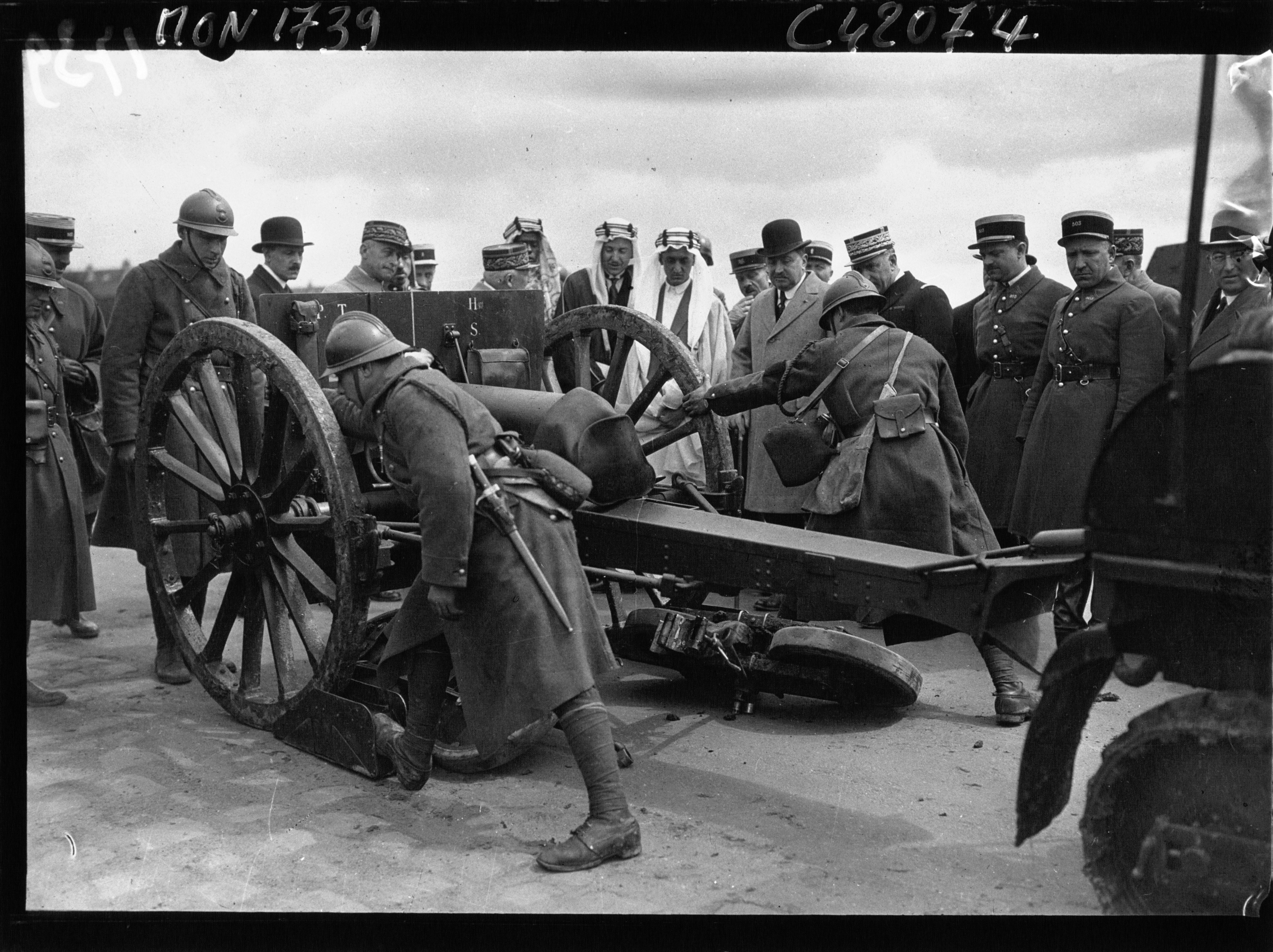
A French 75mm on display in the 1930's.
The 75mm howitzer was an excellent caliber for use in semi-indirect fire. Radios and sophisticated gunnery tables however, had made accurate indirect fire increasingly effective and more reliable. The amount of explosive filler you can put in a 75mm shell is substantially less than what you can fill into a 105mm shell. A 75mm shell weighed 14.6lb, whereas the 105mm weighed 33lb. While a 105mm cannon would be far heavier and couldn’t be positioned forward like a lighter gun, the growing viability of indirect fires made that sacrifice worth the trade offs. The 75mm would eventually be phased out as the primary divisional artillery of the US army, but 75mm howitzers continued to be used in the M8 Scott and as pack howitzers for the airborne.
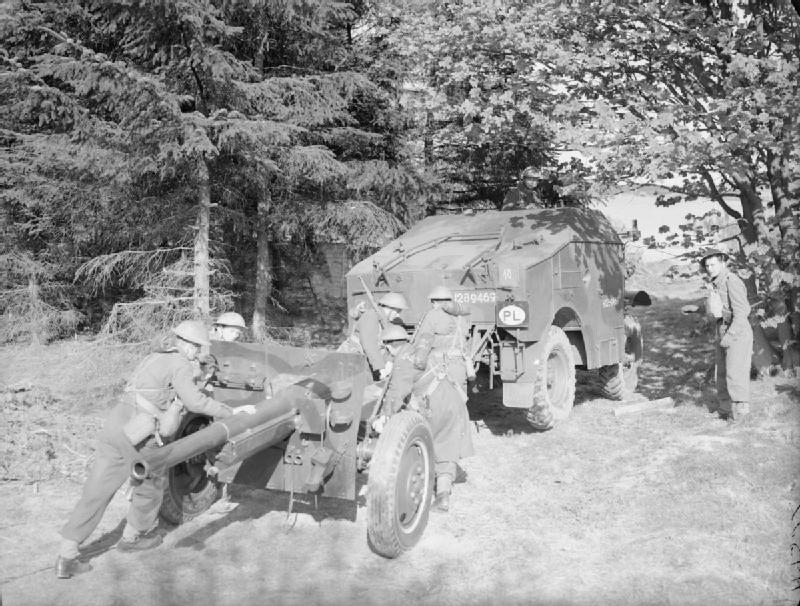
Polish troops equipped with British gear move a French 75mm into position.
Development of a 105mm gun started in 1920 with the 105mm M1920. This design was rejected for being too complicated and heavy, and was further refined as the M1925E. At the same time Rock Island produced a new experimental 105mm gun, the T2, as a private initiative. This proved so successful that the army abandoned the M1925E in favor of adopting the T2 as their new divisional artillery piece, the Howitzer M1. The interwar period was a not a good time for new military projects however. A lack of funding meant that the M1 Howitzer could not enter into mass production. The design was saved and shelved in case more funding ever made large scale adoption possible. Peactime budgets and the Great Depression meant that the army was a low priority for spending until the late 1930's.

Unpaid veterans of the Bonus Army clash with police. During the depression the government didn't have the funding to pay out bonuses, let alone adopt a whole new field howitzer.
What followed in the 1930’s were a series of adjustments to the design. Shrapnel shells were de-emphasized in favor of high explosive. The guns carriage was radically redesigned for towing by motorized units, rather than horses. The last round of changes required further modifications to the gun itself for motorized towing, which brings us finally to the M2A1 beginning mass production in March of 1940, almost 12 years after being originally adopted by the army as the T2. During the war 8,536 M2A1’s were built. It is a testament to American industrial capacity that an entirely new artillery piece was universally adopted in such a short time.
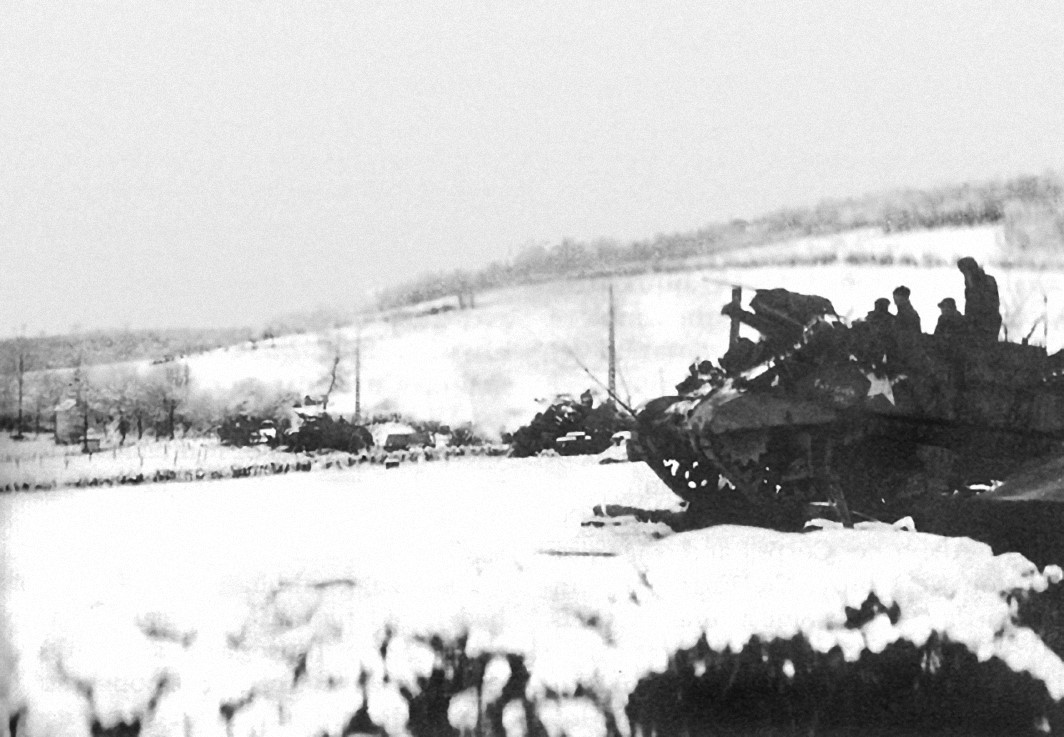
M7 Priests armed with 105mm howitzers.
Compared to other divisional artillery, the 105mm was “heavy” for a light howitzer. The British used the Ordnance, QF, 25-pr Gun. At 87mm's the 25-pr was no slouch, but certainly lighter than the 105mm. The Soviets primarily used the M1942 76mm gun firing a 13lb shell. While lighter in terms of shell weight the Soviets also liked to employ their divisional guns as anti-tank weapons and in the semi-indirect role, justifying the lighter weight of the shell and the gun. Ultimately, the heavier 105mm gun was a reflection of wider American capabilities. With an educated population and plenty of radio sets in the army, it was relatively easy to use the 105mm accurately in an indirect fire by calling for fire, something the Soviet would have difficulty doing.
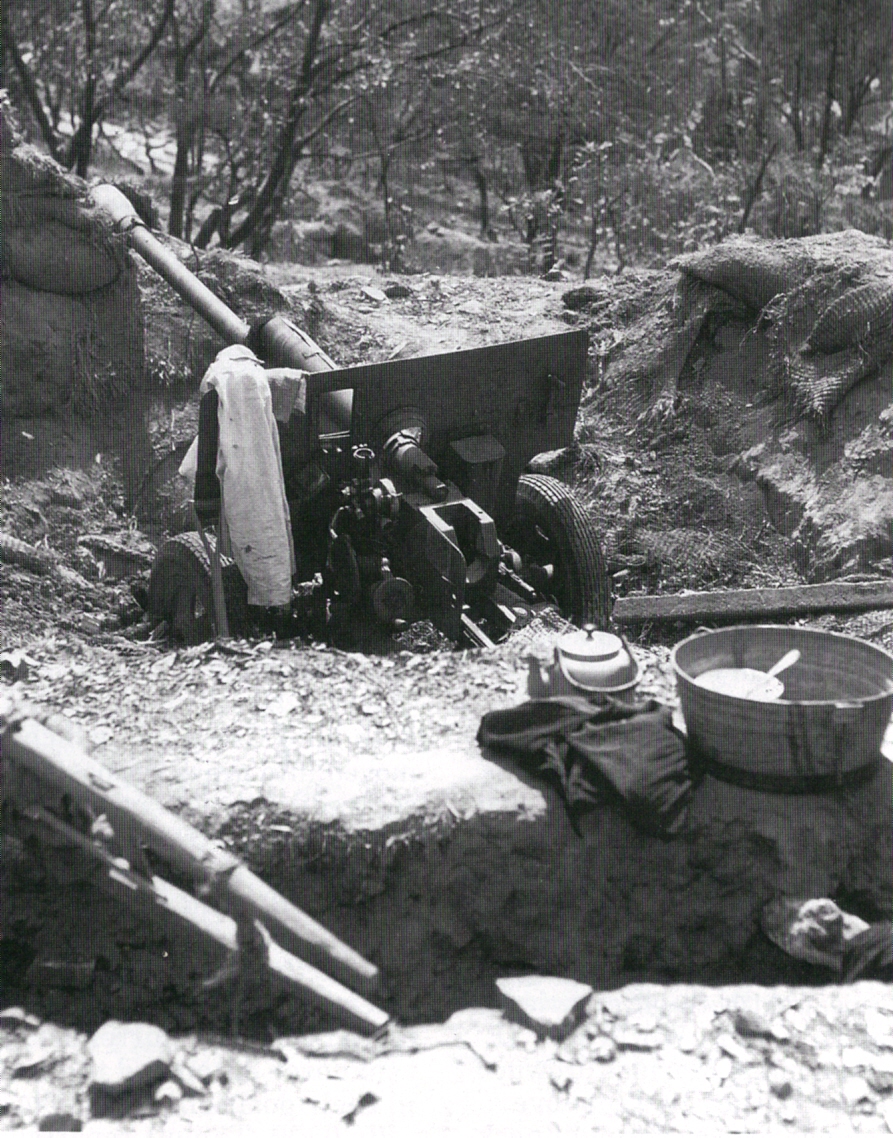
A North Korean 76mm M1942, dug in for a direct fire role.
The Germans used a 10.5cm gun called the leFG 18. In terms of shell weight and accurate firing range the 10.5cm and the 105mm were very similar guns, however the American 105mm had an edge in being lighter. The American 105mm was also guaranteed to be pulled by motorized units, whereas a German battery commander would likely need to rely on teams of horses to keep his guns moving. The value of motorization for artillery cant be underestimated, your guns aren't worth much if they are out of position or bingo on shells due to shoddy logistics.

Shell production was just as important a factor as the number of guns in service.
The most famous and decisive use of the 105mm is The Battle Elsenborn Ridge. Fought as a part of the Battle of the Bulge Offensive, Elsenborn ridge saw almost an entire American Corps worth of artillery concentrated against a German spearhead attempting to capture the ridge line. New artillery techniques like Time on Target maximized the damage done to German formations. Time on Target involved the coordination of separate artillery batteries at different ranges. With properly synchronized timing and shared target data, shell impacts could be timed to arrive simultaneously. This ensured that the Germans did not have time to go to ground before multiple salvos would impact on a single target.
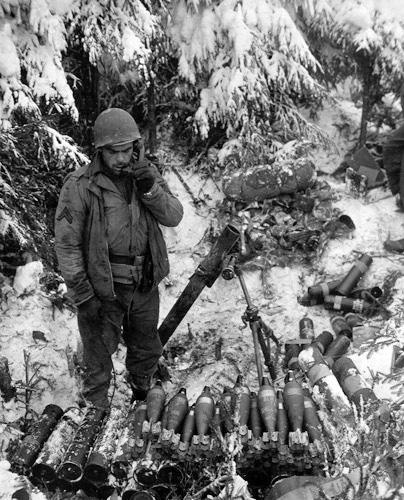
Radios and field telehpones were crucial for the effectivness and lethality of artillery.
The coordination of multiple batteries, combined with the pre-registering of target reference points allowed for devastating and accurate fire on advancing German formations. The real killing power in modern military formations is not the infantryman with his rifle, but the radio operator with on-call batteries. The 105mm is especially prominent in our Second World War titles like Combat Mission, Headquarters: World War II, and Panzer Corps 2. Most of the principles that apply to the 105mm will apply to all divisional artillery fielded during that war.
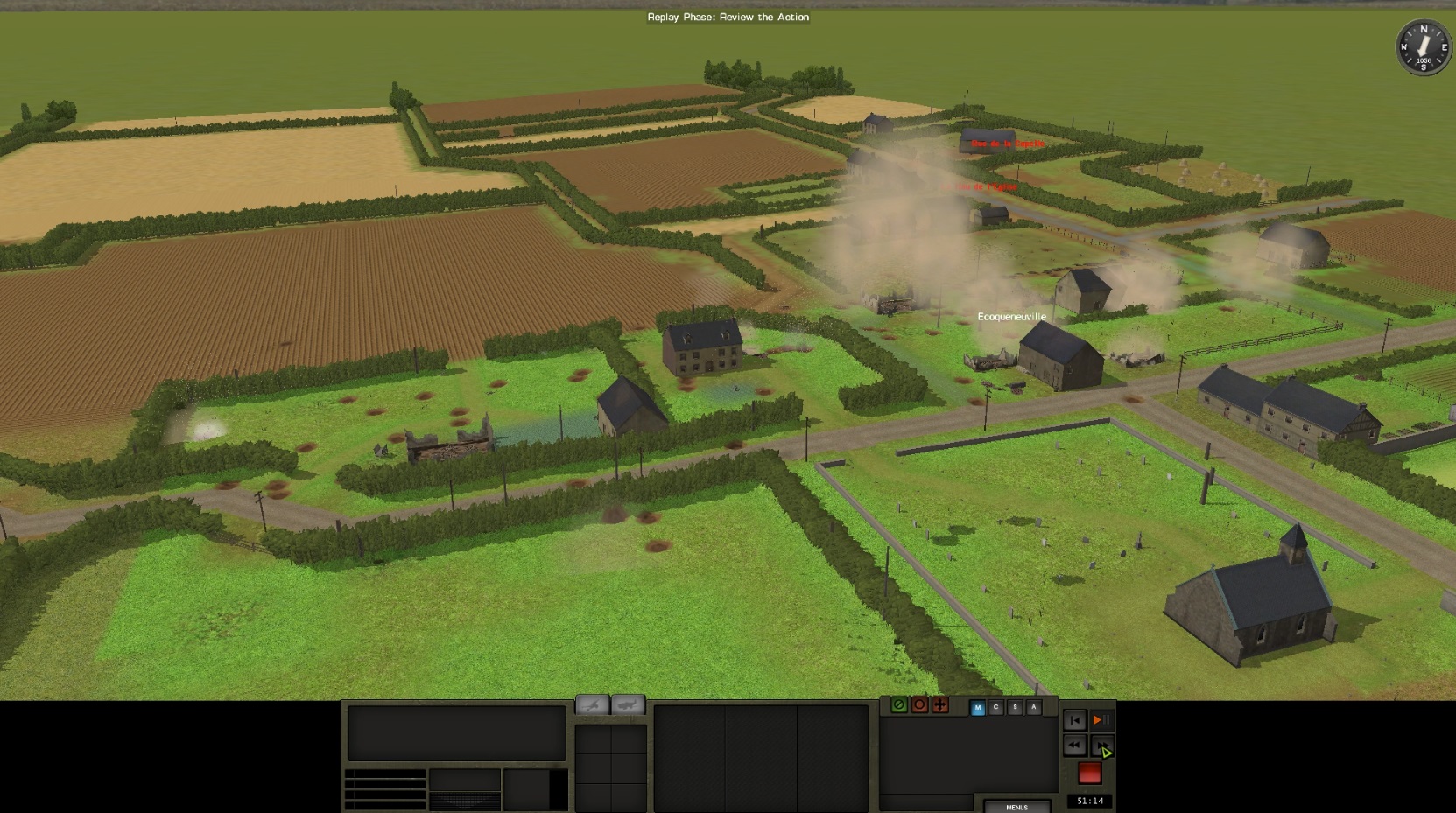
A single battery of 105's can suppress or destroy enemy infantry, leaving the way open for an attack.
Combat Mission aims for a very accurate tactical presentation of the 105mm. Call-in times for the guns are quite long, up to 15 minutes if you are using a platoon leader to call in the fire mission. The time and accuracy of the mission are also negatively impacted if the observer is under fire. The accuracy and response time of the artillery is vastly improved with the use of a Target Reference Point and a dedicated Forward Observer. A TRP and FO can take a 15 minute call-in time and reduce it to sub-five minutes, which by the standards of World War 2 is exceptionally quick.
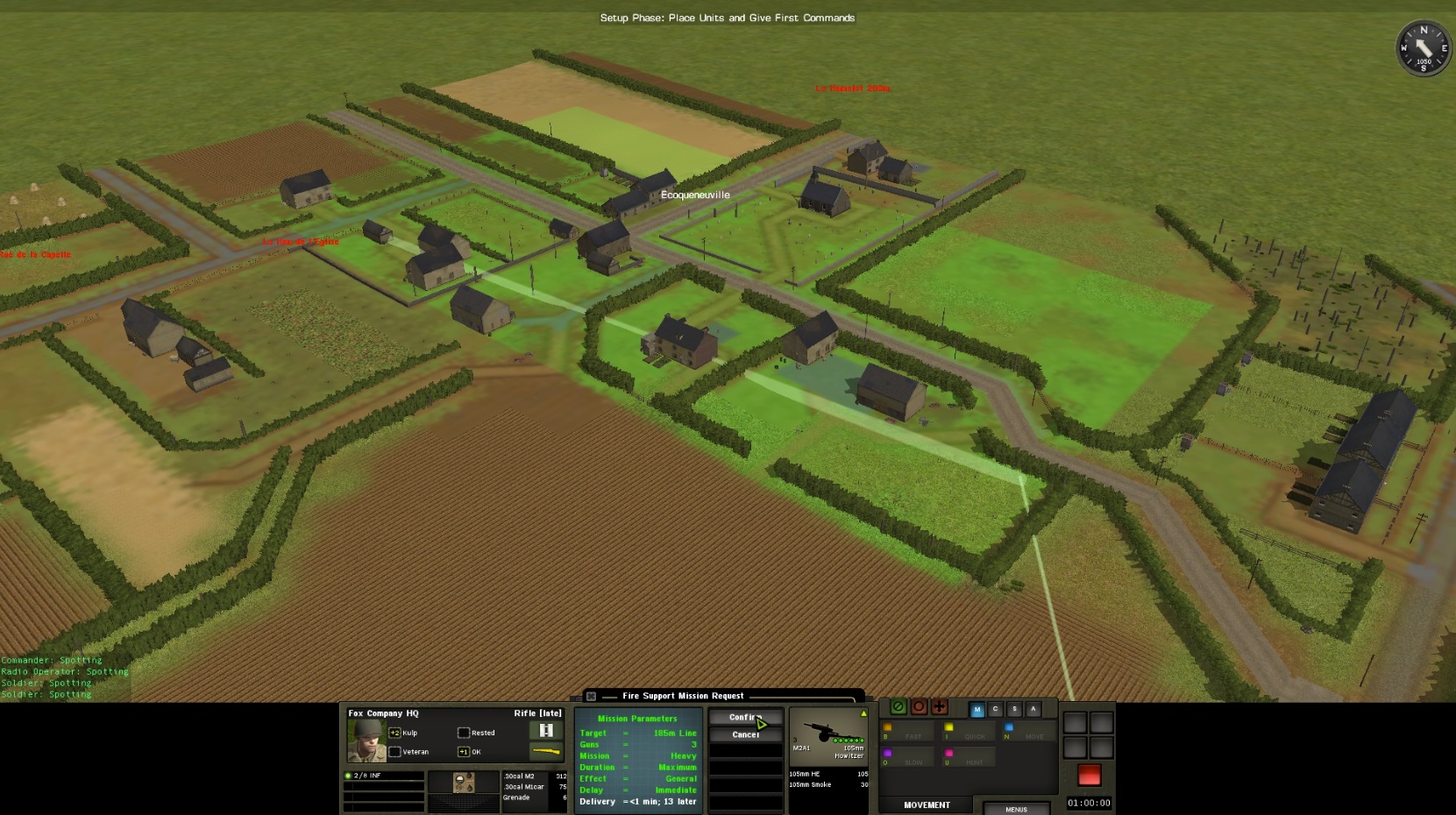
Even a good Captain takes 13 minutes to call in a mission without a TRP.
In Combat Mission most howitzer batteries like the 105mm are also capable of firing either ‘general’ or ‘personnel’ missions. These determine whether the shells detonate on direct impact with the ground, or are fused to burst moments before impact, throwing shrapnel across a wider area. General missions are usually best against urban environments and enemy armor, where the shells will be able to slam through roofs and demolish fortified building. The fused air bursting shells on the other hand are excellent against infantry in trenches or sheltering in forests.
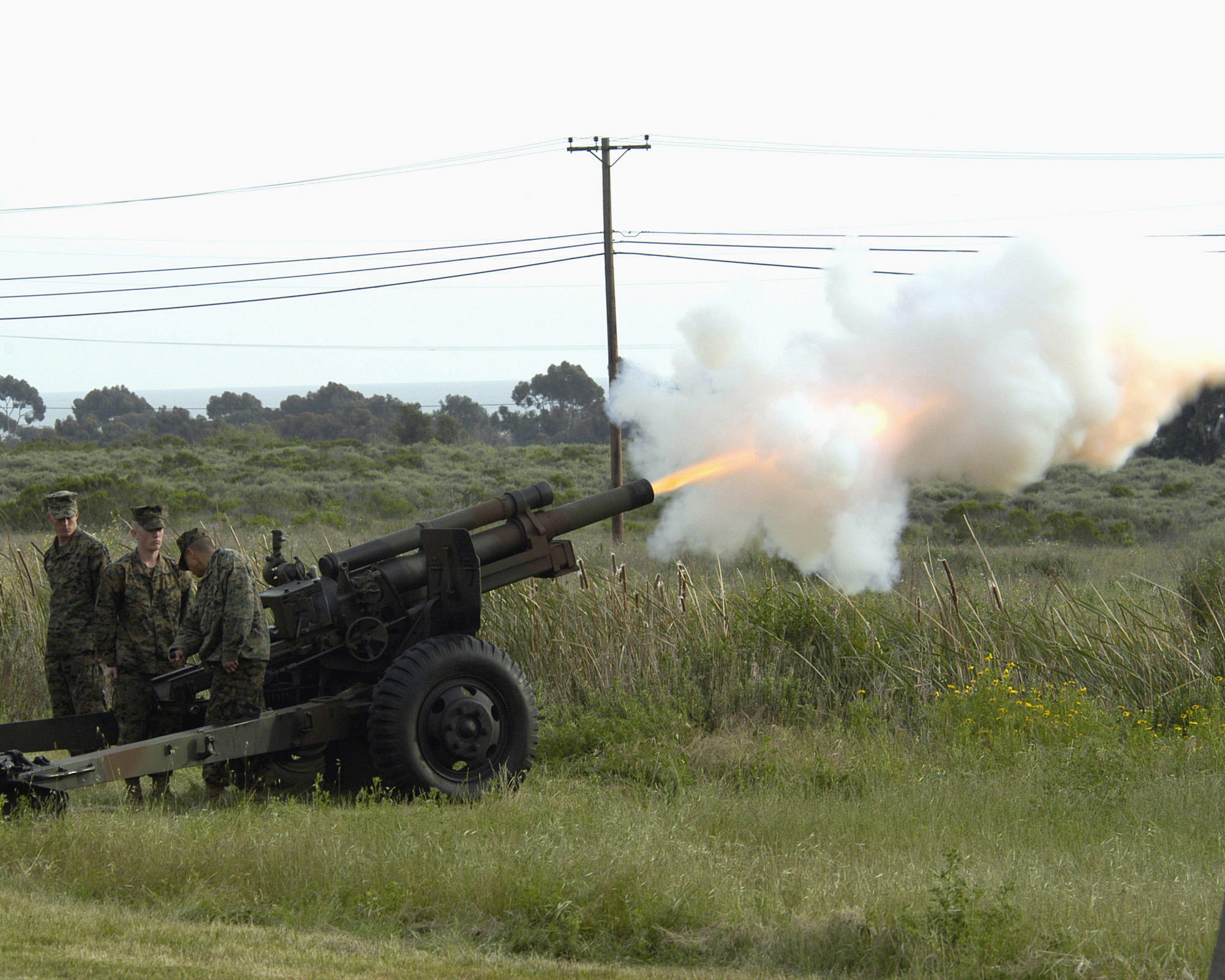
A 105mm being fired at Camp Pendleton.
Expect another Armory article later this month, where we will get a little more down to the PBI's level when we talk about service rifles.




















